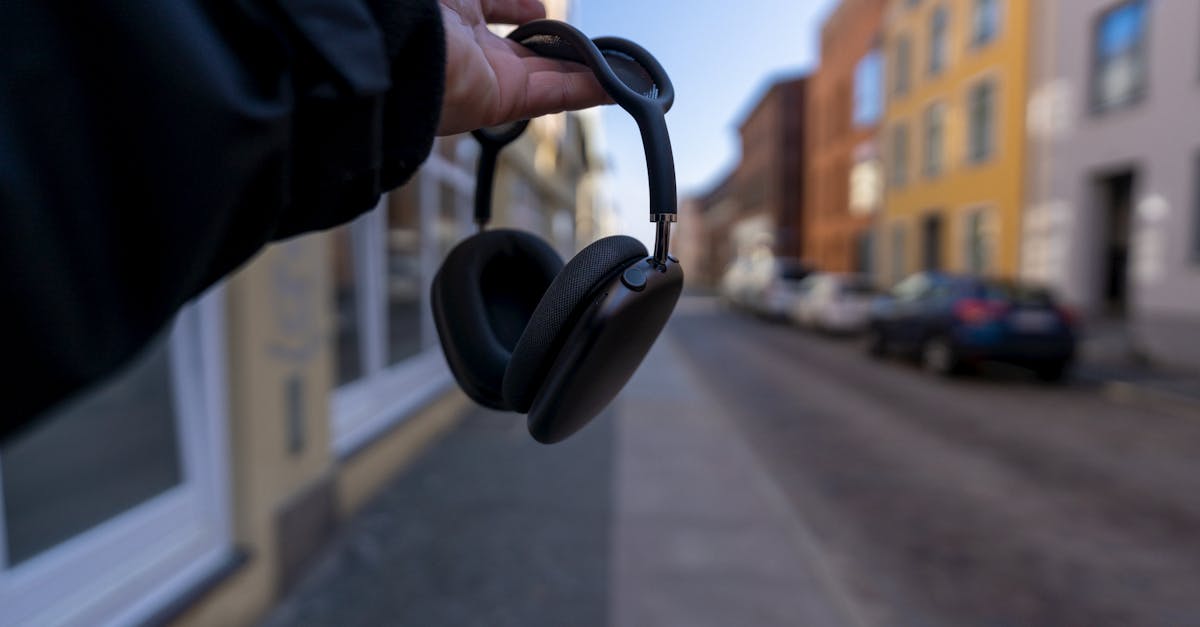Urban Harmony Hype Exploring Citysound
Introduction
Cities are vibrant entities that pulse with unending energy and life, a unique blend of culture, architecture, and urban sounds creating a distinctive auditory experience. In recent years, the exploration of 'Citysound' has garnered attention, revealing the fascinating harmony and discordance found within urban cacophonies. What exactly is Citysound, and why is there so much hype around it? From the rhythmic clatter of public transport to the soothing rustle of urban nature, these audio landscapes shape the daily lives of millions. Unlike visual art forms, the auditory experience often goes unnoticed, yet it profoundly influences moods and behaviors. Exploring city sounds opens a window into understanding urban culture and environment, uncovering the rich tapestry that exists in urban life.
Advertisement
What is Citysound?
Citysound refers to the unique sonic identity of urban areas, comprised of various auditory elements found in a city’s environment. This encompasses both natural and human-made sounds, from birds chirping amid busy streets to the constant hum of industrial activity. Each city has its own distinct soundscape, shaped by geography, history, and community activity. As an emerging area of interest for acoustic ecologists and sound artists, Citysound illustrates how urban soundscapes contribute to the identity and memory association of places. It invites us to tune into the environmental symphonies around, engaging with our surroundings in a novel way, fostering a more profound connection with the urban space.
Advertisement
The Layers of Urban Soundscapes
Urban soundscapes are mosaics layered with varying auditory textures. Starting with the baseline, or 'urban hum', consisting of constant ambient noise - the clamor of traffic, construction activities, and general city bustle. Interlaced with these are layers of 'acoustic events', like passing sirens, market chatter, and the spontaneous play of street musicians. Then, there are 'sonic markers', specific sounds uniquely associated with certain cities - think Big Ben's chime in London or foghorns in San Francisco. Identifying and distinguishing these elements help craft a nuanced understanding of urban auditory environments.
Advertisement
The Impact of Sound on City Life
The sounds of a city influence daily living on psychological and sociological levels. Sounds can affect mood, perception, and even consumer behavior. For instance, background noise influences the output of creative industries and productivity levels within workplaces. An immersive urban environment can encourage social interaction, fostering a sense of community and belonging. Conversely, noise pollution adversely impacts mental health, causing stress and disturbed sleep patterns. Urban planners are increasingly considering these effects, aiming to mitigate harmful noise while enhancing beneficial soundscapes. The evolving science of sound perception is now a critical component in urban development policies.
Advertisement
Citysound as Cultural Expression
Citysound is not just an auditory jumble but an expression of the city's culture and history. Consider the rhythmic samba echoing from the alleyways of Rio de Janeiro or the soothing gondolier songs of Venice. These cultural audioscapes speak volumes about local tradition and identity, playing a vital role in storytelling through sound. Citysound recording has emerged as a form of artistic expression, giving rise to sound art installations and exhibitions. These projects document the historical audio of changing urban spaces, preserving sonic heritage for future generations, celebrating the immaterial essence of the cities' zeitgeist.
Advertisement
Understanding Sound Mapping
Sound mapping is the process of documenting and analyzing the auditory landscape of urban spaces. By charting soundscapes, researchers and artists gain insights into the character and challenges of urban environments. These maps reveal noise pollution hotspots, serene pockets of urban nature, and everyday life sounds, guiding urban planners in designing more liveable spaces. Beyond utility, sound maps provide a creative exploration of a city's pulse, becoming works of art themselves. Technological advances, such as mobile apps, now engage the public, empowering citizens to participate in the mapping process, democratizing the conversation around urban sound environments.
Advertisement
The Role of Technology in Citysound
Advancements in technology have revolutionized our relationship with urban soundscapes. Portable audio devices and smartphones allow for in-the-moment recording, enabling individuals to capture and share their city life's auditory essence. Virtual reality (VR) and augmented reality (AR) offer innovative platforms for experiencing and manipulating soundscapes, creating immersive environments that transport users to urban locales worldwide. Acoustic sensing technologies and AI are even beginning to analyze soundscapes autonomously, identifying patterns and anomalies without human intervention. However, the challenge lies in using these tech developments responsibly to enrich and preserve the urban acoustics authentically.
Advertisement
Sustainability and Future Perspectives
Sustainable urban planning now includes considerations for soundscapes. Efforts to incorporate green spaces and pedestrian zones significantly reduce harmful noise levels, promoting healthier, more pleasant urban environments. Emerging 'quiet cities', like Ghent, Belgium, serve as case studies in harmonizing urban sounds sustainably. Future perspectives embrace sound-conscious design, utilizing materials and architectures that optimize acoustics for calm. There's a growing recognition of sound as an urban resource that should be curated intentionally. The concept of Citysound will likely continue evolving, blending fields of acoustics, psychology, and urban design to create harmonious living spaces.
Advertisement
Citysound's Influence on Urban Design
Urban architects and designers are increasingly attuned to the role sound plays in city living. Incorporating sound-conscious designs, like sound-absorbing facades or strategic green buffers, harmonizes the urban experience. Thoughtful arrangements of public spaces consider how sounds resonate, influencing interaction and sensory engagement. The presence of city musicians, for example, adds vitality, enhancing the leisure and sociability of a given place. Additionally, temporary sound installations or events may animate spaces interactively, fostering creativity and inviting participation. By valuing Citysound in design, cities can cultivate environments both dynamic and peaceful, welcoming diverse populations.
Advertisement
Conclusion
The allure of Citysound lies in its power to transform the mundane into something extraordinary, an invisible thread weaving through the urban fabric. By exploring the auditory dimension of cities, we unveil an often-overlooked realm that shapes our experiences, emotions, and sense of belonging. This burgeoning interest in Citysound invites communities to engage thoughtfully with their sonic surroundings, encouraging symbiotic relationships between urban residents and their environments. Engaging with Citysound not only enriches cultural expression but also opens dialogues on sustainable practices and innovation in urban living. With a keen ear for harmony, we can craft cities that sing beautifully into the future.
Advertisement


